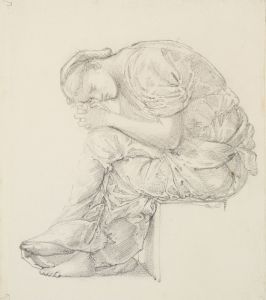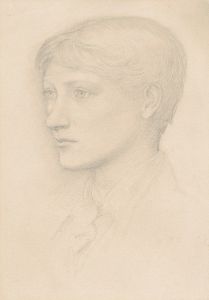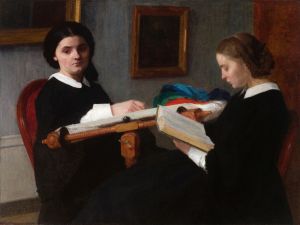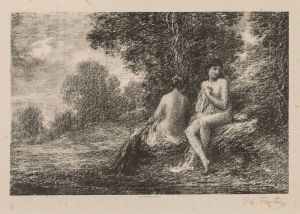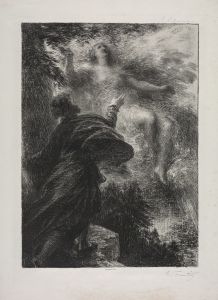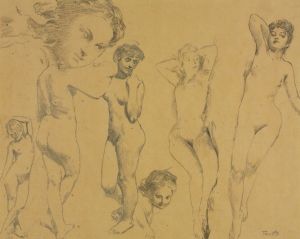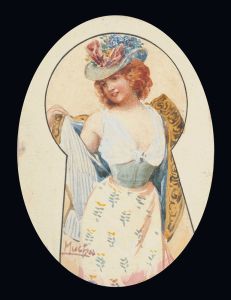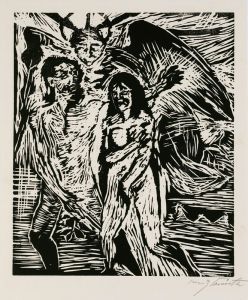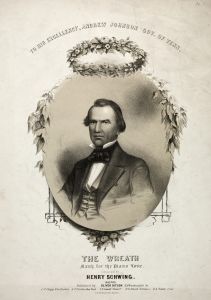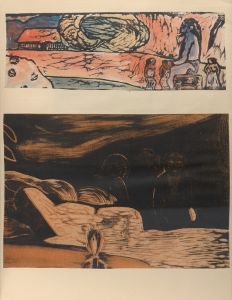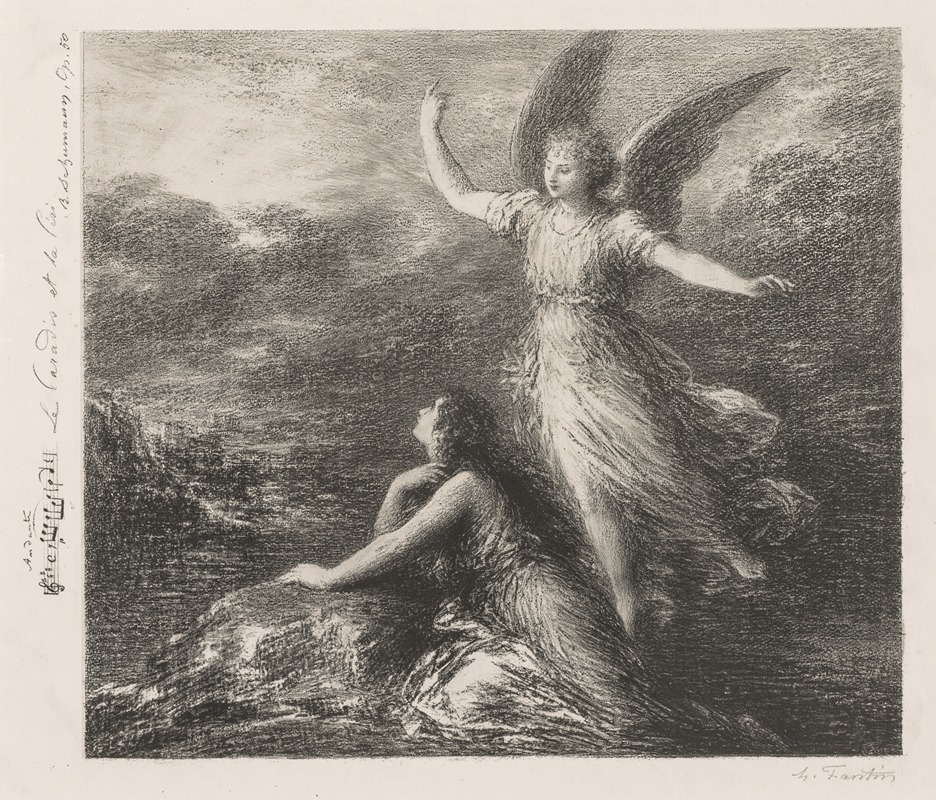
Debut from Paradise and the Peri
A hand-painted replica of Henri Fantin-Latour’s masterpiece Debut from Paradise and the Peri, meticulously crafted by professional artists to capture the true essence of the original. Each piece is created with museum-quality canvas and rare mineral pigments, carefully painted by experienced artists with delicate brushstrokes and rich, layered colors to perfectly recreate the texture of the original artwork. Unlike machine-printed reproductions, this hand-painted version brings the painting to life, infused with the artist’s emotions and skill in every stroke. Whether for personal collection or home decoration, it instantly elevates the artistic atmosphere of any space.
Henri Fantin-Latour was a French painter known for his exquisite still lifes and group portraits. One of his notable works is "Debut from Paradise and the Peri," which reflects his interest in music and literature, themes that frequently appeared in his oeuvre. Fantin-Latour was deeply inspired by the Romantic movement, and his works often exhibit a dreamlike quality, blending reality with fantasy.
"Paradise and the Peri" is an opera by Robert Schumann, based on a story from Thomas Moore's "Lalla Rookh." The narrative follows a Peri, a mythical fairy-like creature, who is seeking redemption and entry into paradise. She is tasked with finding the "gift most dear to heaven" and brings various offerings, including a hero's last breath and a repentant sinner's tear, before finally succeeding with the innocent smile of a child.
Fantin-Latour's painting captures the essence of this story, although specific details about the painting's composition and elements are not extensively documented. However, it is known that Fantin-Latour had a profound appreciation for music, and he often attended concerts and operas, which influenced his artistic creations. His works frequently depict musicians and composers, and he had a particular admiration for Wagner, Berlioz, and Schumann.
The painting likely reflects Fantin-Latour's fascination with the interplay between music and visual art. He sought to translate the emotional and narrative depth of musical compositions into his paintings, creating a synesthetic experience for the viewer. This approach was part of a broader 19th-century trend where artists aimed to capture the spirit of music in visual form, a pursuit shared by contemporaries such as James McNeill Whistler and the Symbolists.
Fantin-Latour's technique is characterized by a delicate use of color and light, often employing a soft, muted palette that enhances the ethereal quality of his subjects. His brushwork is meticulous, and he pays great attention to detail, which is evident in the textures and forms within his compositions. This meticulousness is balanced by a sense of spontaneity and fluidity, capturing the transient nature of the scenes he depicts.
While "Debut from Paradise and the Peri" is not as widely discussed as some of Fantin-Latour's other works, it remains an important piece within his body of work, illustrating his unique ability to merge the auditory and visual arts. The painting is a testament to his skill in conveying complex narratives and emotions through his art, offering viewers a glimpse into the harmonious relationship between different artistic disciplines.
Fantin-Latour's legacy is marked by his contributions to both still life and portrait painting, as well as his innovative approach to integrating music and art. His works continue to be celebrated for their beauty and depth, and they hold a significant place in the history of 19th-century French art. "Debut from Paradise and the Peri" exemplifies his artistic vision and remains a fascinating subject for art historians and enthusiasts alike.





